
漢德百科全書 | 汉德百科全书
 Mexico
Mexico
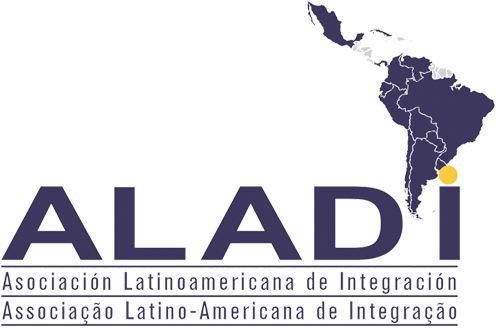

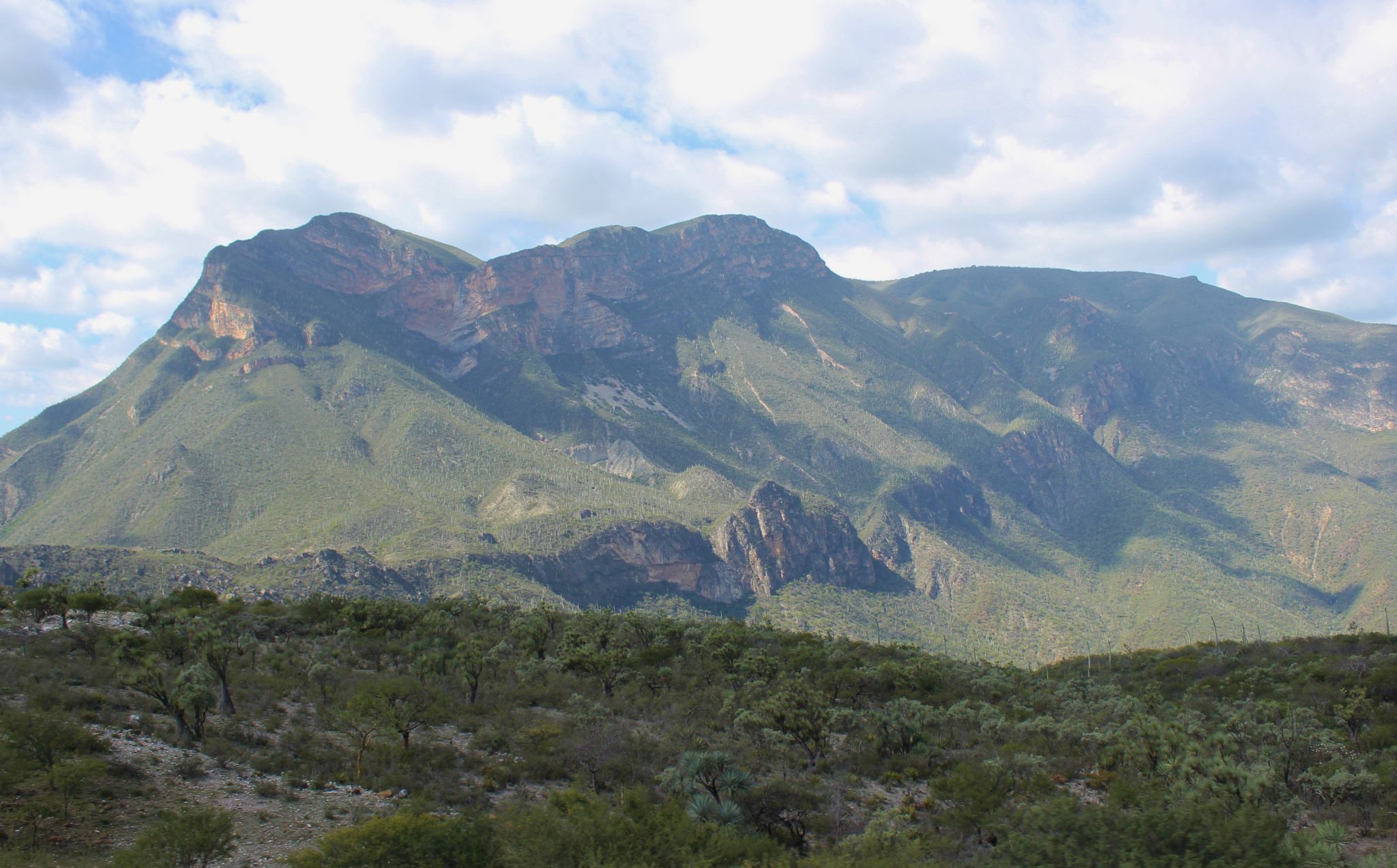
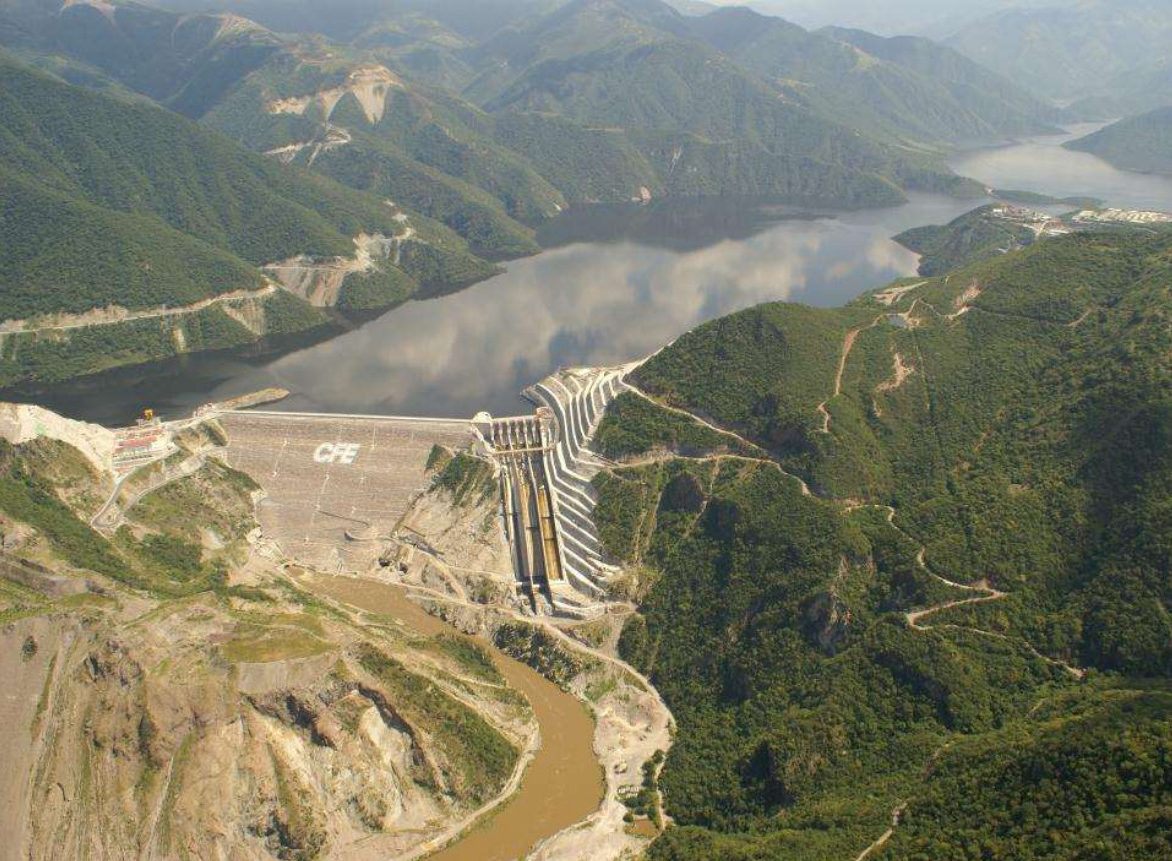
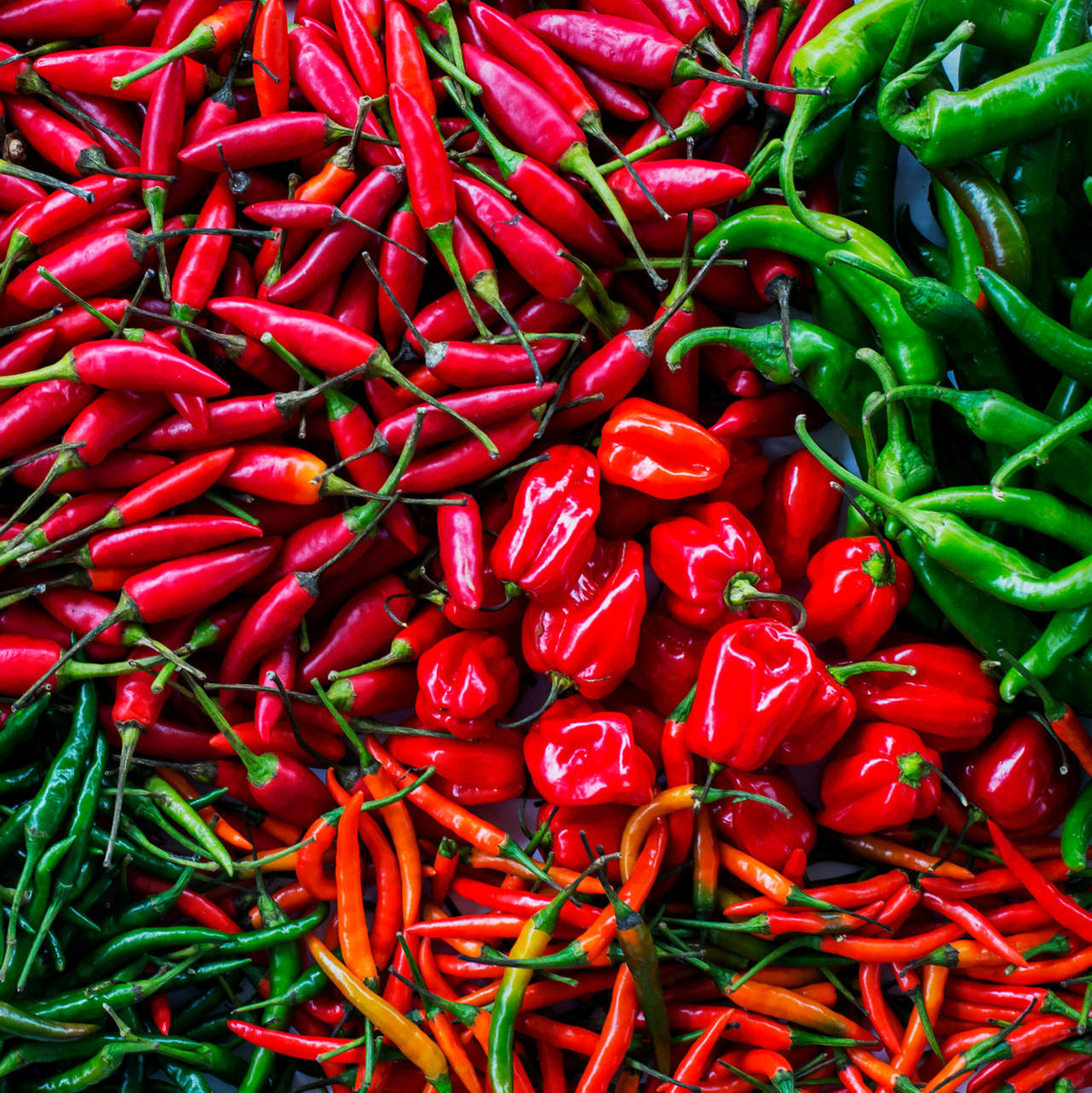
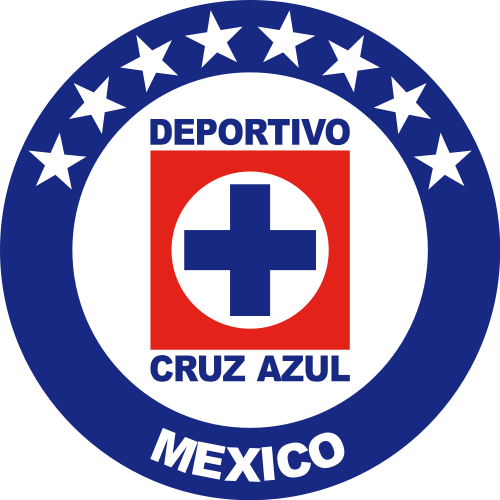






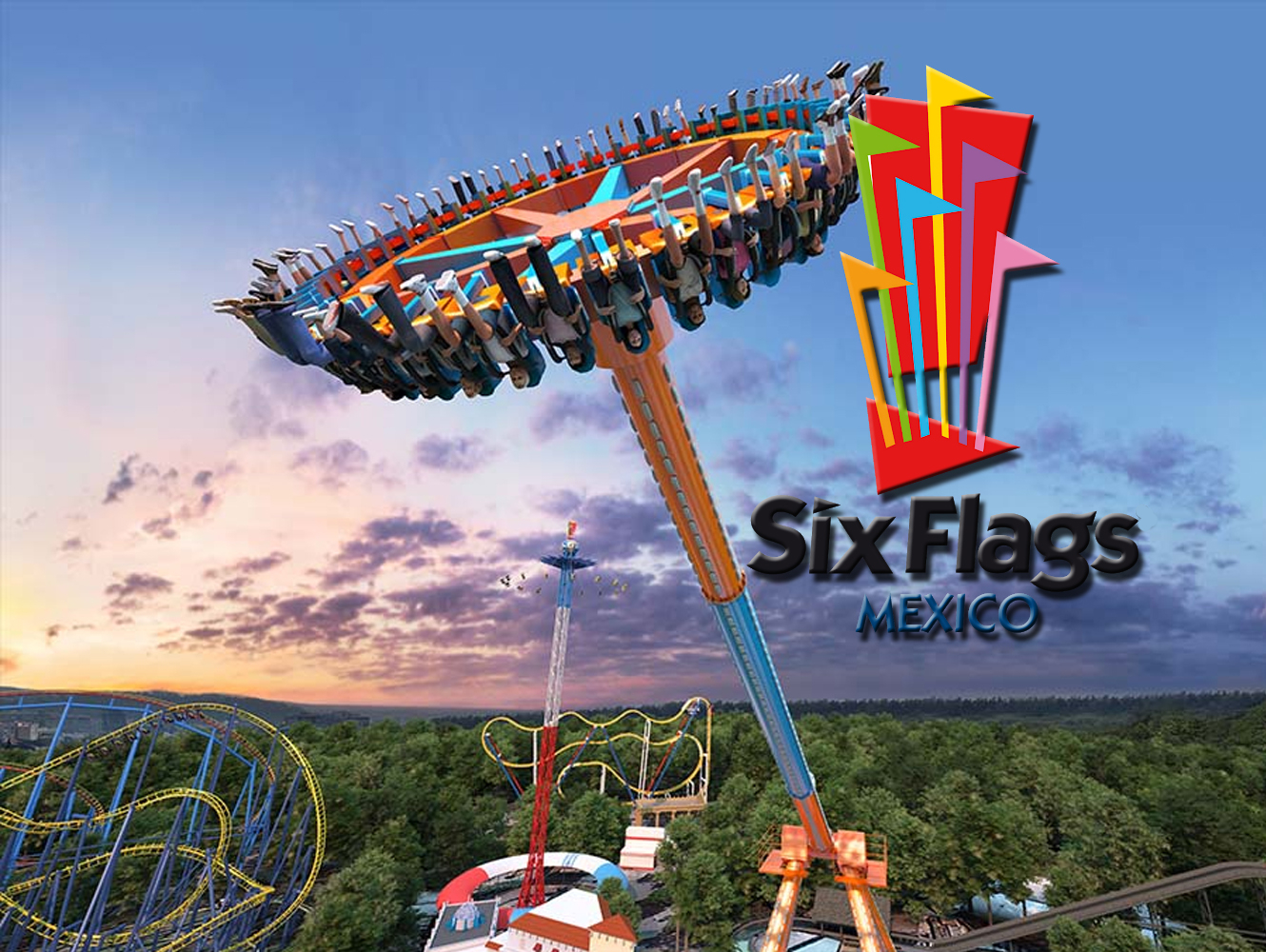
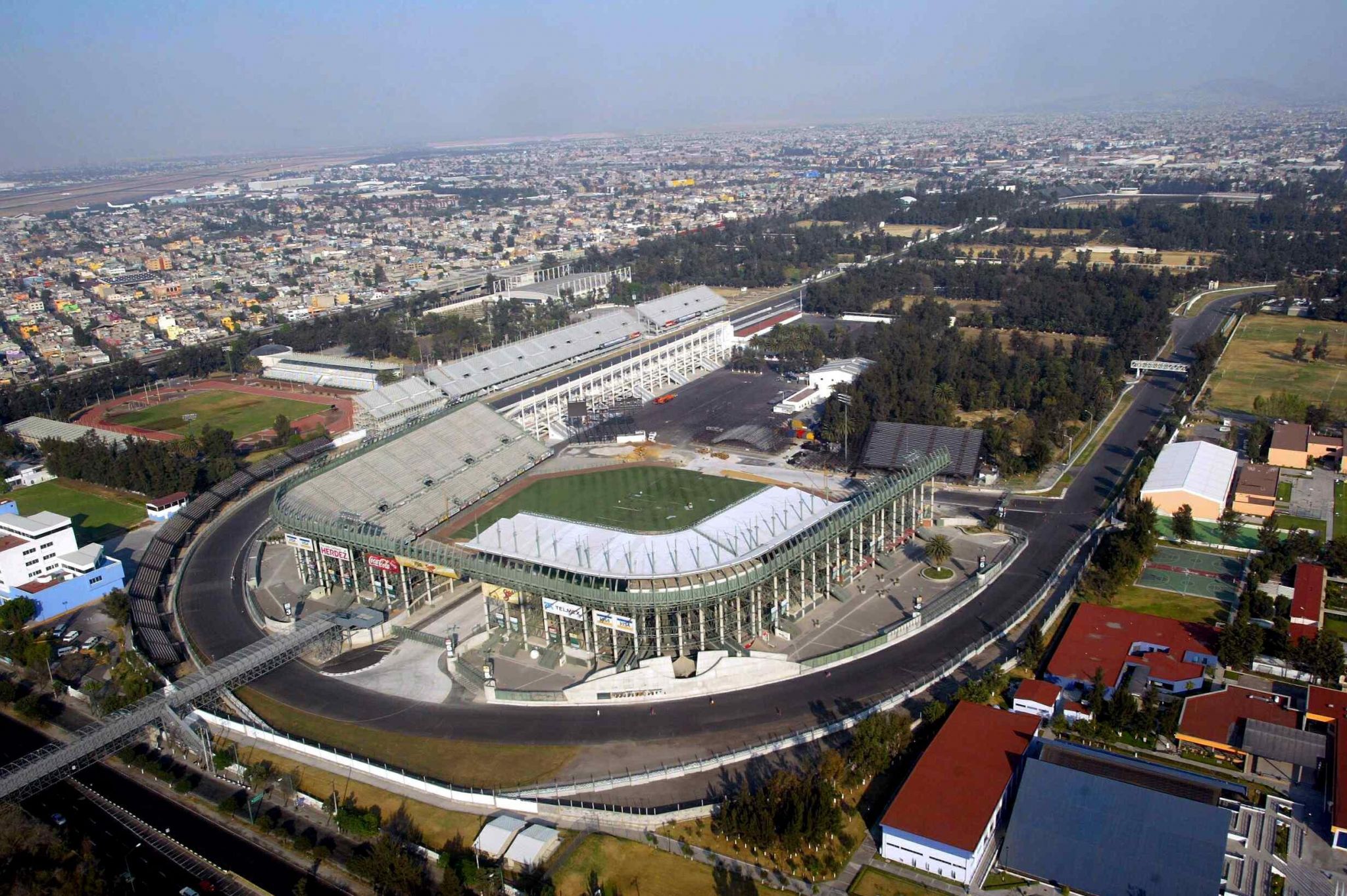
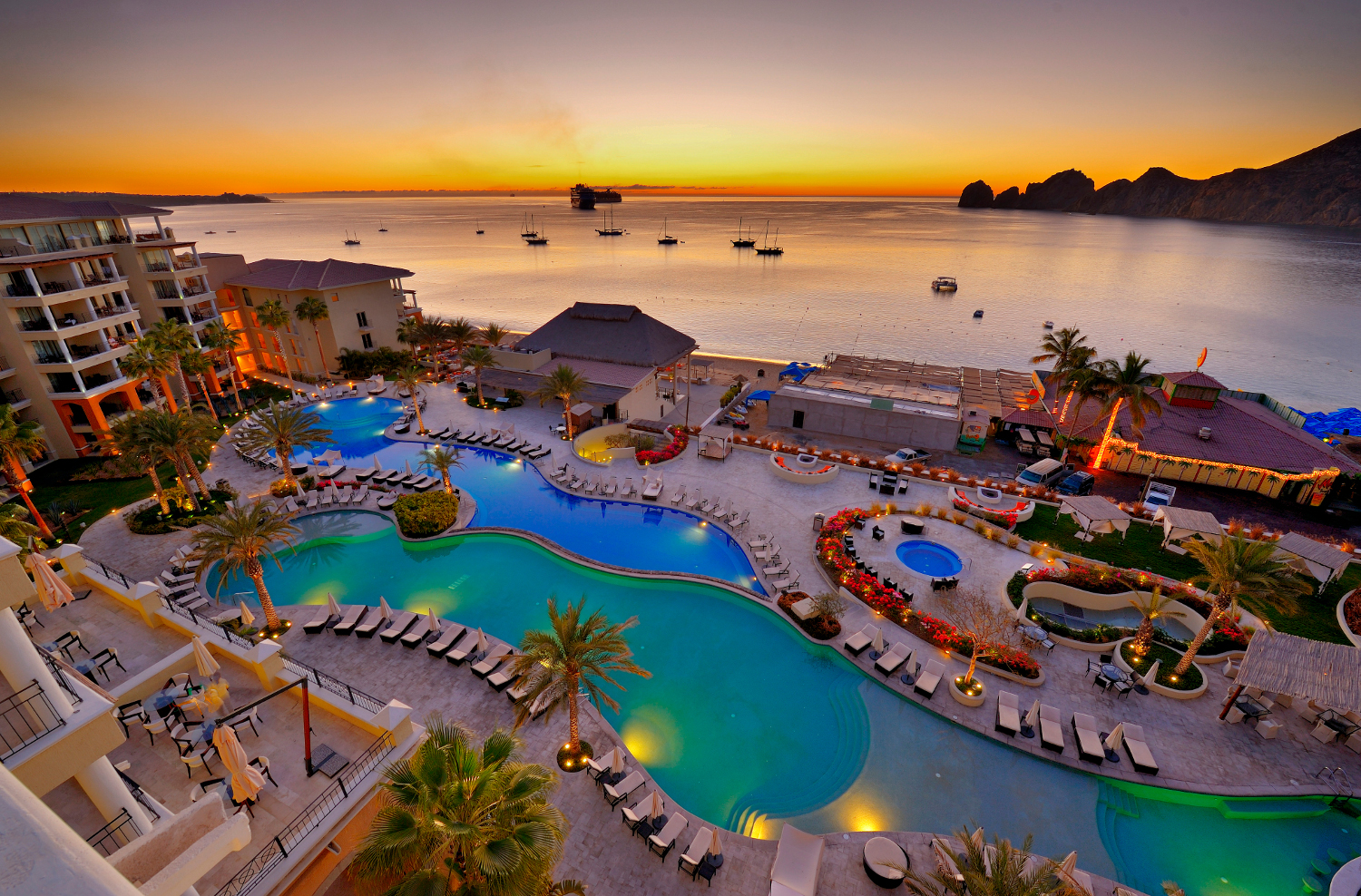
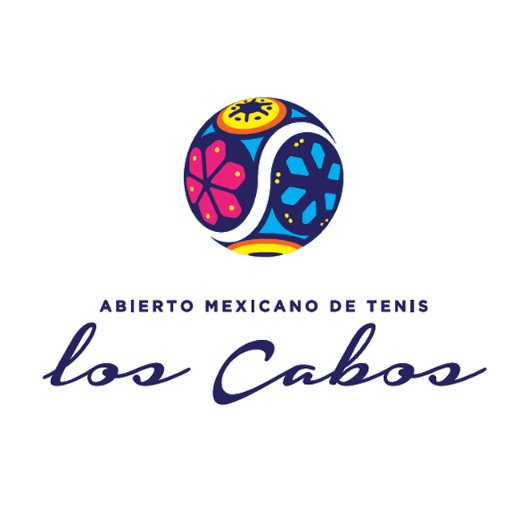

在西班牙殖民美洲之前,玛雅文明的玛雅建筑跨越了数千年、几个政治变革和建筑创新的时代。通常,最引人注目、最容易辨认出是玛雅人创造的建筑是玛雅前古典末期及以后的阶梯式金字塔。在中美洲一般建筑传统的基础上,玛雅人利用几何比例和复杂的雕刻来建造从简单的房屋到华丽的神庙等各种建筑。帕伦克、提卡尔和乌斯马尔的神庙代表了玛雅艺术和建筑的顶峰。通过观察众多元素和风格上的区别,玛雅建筑遗迹已成为了解其宗教信仰和整体文化的重要关键。
玛雅建筑,亦指玛雅文明所兴建的建筑群,其建筑发展的历史横跨数千年,并经历了多次政治变革和在西班牙美洲殖民地之前的创新。[1]该文明最引人注目、最庞大的建筑物、阶梯金字塔,通常是出现在前古典玛雅时期[2]。玛雅人基于中美洲建筑的传统,运用几何比例和精致的雕刻,兴建了各种从简单的房屋到华丽寺庙的建筑群。[3]
当前,包括帕伦克考古区、蒂卡尔和乌斯马尔等地都仍存玛雅建筑的遗迹,它们代表着玛雅艺术的巅峰。并透过观察众多元素和风格上的区别,成为当代考古学理解该文明的宗教信仰、整体文化的关键。
Die Architektur der Maya-Zivilisation umspannt mehrere Jahrtausende, mehrere Epochen des politischen Wandels und architektonische Innovationen vor der spanischen Kolonisierung Amerikas. Die dramatischsten und am leichtesten als Schöpfungen der Maya zu erkennenden Bauwerke sind oft die Stufenpyramiden aus der Endphase der vorklassischen Maya-Periode und darüber hinaus. Auf der Grundlage allgemeiner mesoamerikanischer Architekturtraditionen nutzten die Maya geometrische Proportionen und komplizierte Schnitzereien, um alles zu bauen, von einfachen Häusern bis hin zu kunstvollen Tempeln.[2] Dieser Artikel konzentriert sich auf die bekannteren vorklassischen und klassischen Beispiele der Maya-Architektur. Die Tempel in Palenque, Tikal und Uxmal stellen einen Höhepunkt der Maya-Kunst und -Architektur dar. Durch die Beobachtung zahlreicher Elemente und stilistischer Besonderheiten sind die Überreste der Maya-Architektur zu einem wichtigen Schlüssel zum Verständnis ihrer religiösen Überzeugungen und ihrer Kultur insgesamt geworden.

 Architecture
Architecture

 History
History
 E 2500 - 2000 BC
E 2500 - 2000 BC

 History
History
 F 2000 - 1500 BC
F 2000 - 1500 BC

 History
History
 G 1500 - 1000 BC
G 1500 - 1000 BC

 History
History
 H 1000 - 500 BC
H 1000 - 500 BC

 History
History
 I 500 - 0 BC
I 500 - 0 BC

 History
History
 J 0 - 500 AD
J 0 - 500 AD

 History
History
 K 500 - 1000 AD
K 500 - 1000 AD

 History
History
 L 1000 - 1500 AD
L 1000 - 1500 AD

 History
History
 M 1500 - 2000 AD
M 1500 - 2000 AD
 Mexico
Mexico

 World Heritage
World Heritage

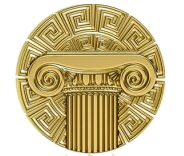 Civilization
Civilization
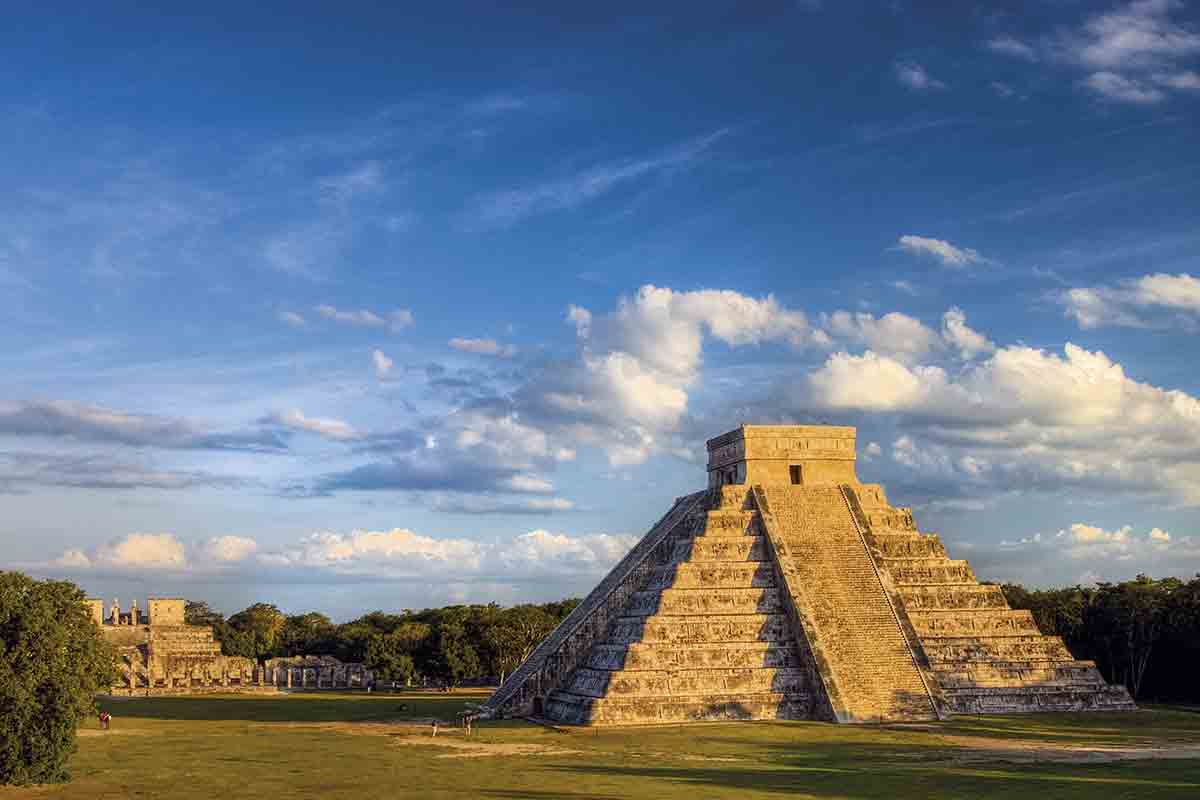
In ihrer Blütezeit stellten die Maya eine mächtige Hochkultur dar. Man spricht zumeist von einer Maya-Kultur; tatsächlich gibt es auch viele Gemeinsamkeiten zwischen den verschiedenen Fundstellen aus der Vergangenheit – doch stehen hinter dieser Kultur verschiedene Völker mit miteinander mehr oder weniger eng verwandten Maya-Sprachen. Nicht nur wegen der räumlichen Gegebenheiten unterscheidet man traditionell zwischen Hochland-Maya (in Chiapas und Guatemala) und Tiefland-Maya (auf der Halbinsel Yucatán, in Petén und Belize). Im Lauf der Geschichte lässt sich eine Verlagerung der kulturellen Zentren vom Hochland ins Tiefland und dann in den Norden der Halbinsel Yucatán (z. B. Chichen Itza) beobachten.
Zur Zeit der Ankunft der Spanier Ende des 15. Jahrhunderts lagen die meisten Zentren der nachklassischen Maya-Kultur im Norden von Yucatán, während das zentrale Tiefland nur noch dünn besiedelt war. Im südwestlichen Hochland existierten zu diesem Zeitpunkt recht eigenständige Maya-Kulturen, bspw. die Kultur der Quiché (Q'umarkaj), der Cakchiquel (Iximché), der Mam (Zaculeu) oder der Pocomam (Mixco Viejo). Im Gegensatz zu vielen anderen indigenen Völkern existieren die Maya noch heute und leben im mexikanischen Teil von Yucatán, in Chiapas und in Tabasco, sowie in Belize und Guatemala, ferner auch in El Salvador und Honduras.
Berühmt sind die Maya für den Anbau von Mais, ihre Mathematik und für ihren hoch entwickelten Kalender, geschrieben in Maya-Schrift. Die mittlerweile weitgehend entzifferte Schrift war bis zur Ankunft der Spanier das einzige bekannte voll entwickelte Schriftmedium in Amerika. Kunsthandwerk (Bearbeitung von Stein, Keramik, Holz, Textilien) und Malerei waren hoch entwickelt, Metallverarbeitung (Gold, Silber, Kupfer) spielte erst spät und fast nur für rituelle Zwecke eine Rolle, nicht für die Werkzeugherstellung. In den Städten gab es bis zu 75 m hohe Stufenpyramiden, Maya-Akropolis, Paläste, Observatorien und Ballspielplätze.
玛雅文明,是古代分布于今墨西哥东南部、危地马拉、洪都拉斯、萨尔瓦多和伯利兹5个国家的丛林文明。虽然处于新石器时代,惟在天文学、数学、农业、艺术及文字等方面都有极高成就[1]。[2]与印加帝国及阿兹特克并列为美洲三大文明(阿兹特克与玛雅文明位于中美洲;印加帝国位于南美洲安地斯山一带)。
依据中美洲编年,玛雅历史分成前古典期、古典期及后古典期。前古典期(公元前2600年-公元250年)也称形成期,历法及文字的发明、纪念碑的设立及建筑的兴建均在此时期;古典期是全盛期(约3世纪-9世纪),此时期文字的使用、纪念碑的设立、建筑的兴建及艺术的发挥均在此时期达于极盛;后古典期(约10世纪-16世纪),此时期北部兴起奇琴伊察及乌斯马尔等城邦兴起,文化也逐渐式微(衰弱)。玛雅从来不像中国、罗马及埃及等文明拥有一个统一的强大帝国,全盛期的玛雅地区分成数以百计的城邦,然而玛雅各邦在语言、文字、宗教信仰及习俗传统上却属于同一个文化圈,但因为没有冶金术,农业技术薄弱,无法支撑起庞大的人口,帝国在10世纪之后又逐步回到分散部落的型态。16世纪时,玛雅文化的传承者阿兹特克帝国[来源请求]被西班牙帝国带来的瘟疫消灭了大量居民,唯一的美洲文字也被基督徒视为宗教异端而加以抹除,侵略者造成了前所未有的破坏,直到19世纪遗址才被重新发现,今天的玛雅原住民已经不知道过去的文明历史。
マヤ文明(マヤぶんめい)とは、メキシコ南東部、グアテマラ、ベリーズなどいわゆるマヤ地域を中心として栄えた文明である。メソアメリカ文明に数えられる。また、高度に発達したマヤ文字をもつ文明でもあった。
マヤ文明の栄えたマヤ地域は、北から順にマヤ低地北部、マヤ低地南部、マヤ高地の三地域に分かれている。マヤ低地北部は現在のユカタン半島北部に当たり、乾燥したサバナ気候であり、またほとんど河川が存在しないため、生活用水は主にセノーテと呼ばれる泉に頼っている。マヤ低地北部は800年ごろから繁栄期に入り、ウシュマルやチチェン・イッツァ、マヤパンなどの都市が繁栄した。なかでももっとも乾燥している北西部においては塩が塩田によって大量に生産され、この地域の主要交易品となっていた。
現在のチアパス州北部からグアテマラ北部のペテン盆地、ベリーズ周辺にあたるマヤ低地南部はもっとも古くから栄えた地域で、紀元前900年ごろからいくつもの大都市が盛衰を繰り返した。気候としては熱帯雨林気候に属し、いくつかの大河川が存在したものの、都市は河川のあまり存在しない場所にも建設されていた。交易品としてはカカオ豆などの熱帯雨林の産物を主としていた。この地域は古典期までマヤ文明の中心地域として栄え、8世紀には絶頂を迎えたものの、9世紀に入ると急速に衰退し、繁栄はマヤ低地北部やマヤ高地へと移った。
現在のチアパス州南部からグアテマラ高地、ホンジュラス西部、エルサルバドル西部にあたるマヤ高地は標高が高く冷涼で、起伏は多いが火山灰土壌による肥沃な土地に恵まれ、多くの都市が建設された。マヤ文明においてもっとも重要な資材である黒曜石はマヤ内ではこの地方にしか産出せず、この地方の主力交易品となっていた。低地と異なり、建築物は火山からの噴出物(軽石など)と粘土を練り合わせた材料で作っていた。カミナルフユのように先古典期から発達した都市があったが、古典期の低地マヤの諸都市に見られるような石の建造物や石碑が発達しなかったため、この地域の歴史には今も不明な点が多い[1]。
The Maya civilization (/ˈmaɪə/) was a Mesoamerican civilization developed by the Maya peoples, and noted for its logosyllabic script—the most sophisticated and highly developed writing system in pre-Columbian Americas—as well as for its art, architecture, mathematics, calendar, and astronomical system. The Maya civilization developed in an area that encompasses southeastern Mexico, all of Guatemala and Belize, and the western portions of Honduras and El Salvador. This region consists of the northern lowlands encompassing the Yucatán Peninsula, and the highlands of the Sierra Madre, running from the Mexican state of Chiapas, across southern Guatemala and onwards into El Salvador, and the southern lowlands of the Pacific littoral plain.
The Archaic period, prior to 2000 BC, saw the first developments in agriculture and the earliest villages. The Preclassic period (c. 2000 BC to 250 AD) saw the establishment of the first complex societies in the Maya region, and the cultivation of the staple crops of the Maya diet, including maize, beans, squashes, and chili peppers. The first Maya cities developed around 750 BC, and by 500 BC these cities possessed monumental architecture, including large temples with elaborate stucco façades. Hieroglyphic writing was being used in the Maya region by the 3rd century BC. In the Late Preclassic a number of large cities developed in the Petén Basin, and the city of Kaminaljuyu rose to prominence in the Guatemalan Highlands. Beginning around 250 AD, the Classic period is largely defined as when the Maya were raising sculpted monuments with Long Count dates. This period saw the Maya civilization develop a large number of city-states linked by a complex trade network. In the Maya Lowlands two great rivals, the cities of Tikal and Calakmul, became powerful. The Classic period also saw the intrusive intervention of the central Mexican city of Teotihuacan in Maya dynastic politics. In the 9th century, there was a widespread political collapse in the central Maya region, resulting in internecine warfare, the abandonment of cities, and a northward shift of population. The Postclassic period saw the rise of Chichen Itza in the north, and the expansion of the aggressive K'iche' kingdom in the Guatemalan Highlands. In the 16th century, the Spanish Empire colonized the Mesoamerican region, and a lengthy series of campaigns saw the fall of Nojpetén, the last Maya city, in 1697.
Classic period rule was centred on the concept of the "divine king", who acted as a mediator between mortals and the supernatural realm. Kingship was patrilineal, and power would normally pass to the eldest son. A prospective king was also expected to be a successful war leader. Maya politics was dominated by a closed system of patronage, although the exact political make-up of a kingdom varied from city-state to city-state. By the Late Classic, the aristocracy had greatly increased, resulting in the corresponding reduction in the exclusive power of the divine king. The Maya civilization developed highly sophisticated artforms, and the Maya created art using both perishable and non-perishable materials, including wood, jade, obsidian, ceramics, sculpted stone monuments, stucco, and finely painted murals.
Maya cities tended to expand haphazardly, and the city centre would be occupied by ceremonial and administrative complexes, surrounded by an irregular sprawl of residential districts. Different parts of a city would often be linked by causeways. The principal architecture of the city consisted of palaces, pyramid-temples, ceremonial ballcourts, and structures aligned for astronomical observation. The Maya elite were literate, and developed a complex system of hieroglyphic writing that was the most advanced in the pre-Columbian Americas. The Maya recorded their history and ritual knowledge in screenfold books, of which only three uncontested examples remain, the rest having been destroyed by the Spanish. There are also a great many examples of Maya text found on stelae and ceramics. The Maya developed a highly complex series of interlocking ritual calendars, and employed mathematics that included one of the earliest instances of the explicit zero in the world. As a part of their religion, the Maya practised human sacrifice.
La civilisation maya est une ancienne civilisation de Mésoamérique principalement connue pour ses avancées dans les domaines de l'écriture, de l'art, de l'architecture, de l'agriculture, des mathématiques et de l'astronomie. C'est une des civilisations précolombiennes les plus étudiées avec celles des Aztèques et des Incas.
Elle occupait à l'époque précolombienne un territoire centré sur la péninsule du Yucatán, correspondant actuellement à une partie du sud du Mexique, au Belize, au Guatemala, au Honduras et au Salvador.
C'est une des plus anciennes civilisations d'Amérique : ses origines remontent à la préhistoire. La sédentarisation de populations est attestée, dans l'aire maya, à l'époque archaïque, entre le VIIe et le IIIe millénaire av. J.-C., les villages les plus anciens ayant été retrouvés sur les côtes de la mer des Caraïbes et de l'océan Pacifique1. Les premiers indices de stratification sociale remontent à l'époque préclassique ancienne, au IIe millénaire av. J.-C., et se multiplient à l'époque préclassique moyenne, entre 1000 et 400 av. J.-C.2, avant l'émergence progressive d'États au préclassique récent3. D'importantes cités-États mayas des Basses-Terres du sud, telles que Copán, Tikal ou Palenque, connurent leur niveau de développement le plus élevé à la période classique, entre le VIe et le IXe siècle de notre ère, avant d’être rapidement abandonnées entre la fin du VIIIe et du IXe siècle. D'autres cités subsistèrent ou se développèrent alors dans les Basses-Terres du nord ainsi que dans les Hautes-Terres du sud, avant d'entrer en décadence puis d'être quasiment toutes abandonnées ou refondées par les Espagnols peu après la conquête de l'Amérique au XVIe siècle. Les spécificités culturelles mayas ont alors été profondément modifiées par la colonisation espagnole, aboutissant à la culture maya moderne caractérisée par un fort syncrétisme (religieux, notamment)2.
Le monde ne savait presque rien des Mayas il y a deux cents ans. La forêt avait repris ses droits sur la plupart de leurs cités, et, peu après la conquête espagnole, au XVIe et XVIIe siècles, les prêtres européens avaient brûlé la quasi-totalité des livres en écorce de figuier laissés par les Mayas. Seuls quatre d'entre eux ont été retrouvés.
Les premiers explorateurs à approcher les vestiges de la civilisation maya au XIXe siècle ont contribué à lui forger une image romantique mais bien différente de la réalité : « qui n’a pas entendu parler, par exemple, d’un ancien Empire maya, véritable âge d’or durant lequel un peuple laborieux et éminemment pacifique se serait adonné, dans le calme de ses cités protégées par la forêt dense, à la seule contemplation des astres? »4. De nos jours l’évolution des connaissances a permis de renverser cette vision simpliste et sans nuance. Car si les anciens Mayas étaient bâtisseurs, artistes et savants, ils n’en étaient pas moins résolument guerriers. Du fait de leur organisation politique en cités rivales, la comparaison des Mayas classiques avec les cités grecques de l’époque classique ou avec les cités italiennes de la Renaissance peut être fondée5.
Gli antichi maya furono una popolazione insediatasi in Mesoamerica dove svilupparono una civiltà nota per l'arte, per l'architettura, per i raffinati sistemi matematici e astronomici, e per la scrittura, l'unico sistema noto di scrittura pienamente sviluppato nelle Americhe precolombiane. La civiltà dei maya si sviluppò in una zona che comprende l'odierno sudest messicano, il Guatemala e il Belize, oltre a porzioni occidentali dell'Honduras e di El Salvador. Questa regione è costituita dalle pianure del nord, che comprendono la penisola dello Yucatán, dagli altopiani della Sierra Madre, che si estendono dallo stato messicano del Chiapas verso tutto il sud del Guatemala e poi in El Salvador, e dalle pianure meridionali del litorale del Pacifico.
Durante il periodo preclassico, questa civiltà costituì le prime comunità stanziali e adottò la coltivazione degli alimenti che diventarono base della loro alimentazione, tra cui mais, fagioli, zucche e peperoncini. Le prime città maya si svilupparono tra il 750 a.C. e il 500 a.C. ed esse vantavano monumentali architetture, come i grandi templi impreziositi da elaborate facciate in stucco. La scrittura geroglifica fu utilizzata a partire dal III secolo a.C. Nel tardo periodo preclassico, un certo numero di grandi città crebbero nel Bacino di Petén e Kaminaljuyu diventò un centro molto importante negli altopiani del Guatemala. Con l'avvento delle costruzioni dei monumenti scolpiti con le date del lungo computo, avvenuto intorno al 250 d.C., si fa coincidere l'inizio del periodo classico.
Tale periodo vide i Maya fondare numerose città-stato collegate da una fitta rete commerciale. Due città rivali, Tikal e Calakmul, divennero molto potenti. Il periodo classico fu caratterizzato anche dall'intervento intrusivo della città messicana di Teotihuacan nella loro politica dinastica. Nel IX secolo vi fu un diffuso collasso politico nella regione centrale che sfociò in una guerra civile con un conseguente abbandono delle città e uno spostamento verso nord della popolazione. Il successivo periodo postclassico, vide sorgere a nord l'insediamento di Chichén Itzá e l'espansione dell'aggressivo regno Quiché di Q'umarkaj nelle regioni collinari del Guatemala. Nel XVI secolo, l'impero spagnolo colonizzò la regione mesoamericana e, dopo una lunga serie di campagne militari, l'ultima città maya cadde definitivamente nel 1697.
La legge del periodo classico fu centrata intorno al concetto di "re divinità", che agiva come mediatore tra i mortali e il regno soprannaturale. Il potere sovrano era patrilineare e veniva normalmente passato al figlio maggiore. La politica maya fu caratterizzata da un sistema chiuso di patronato, anche se l'esatto sistema amministrativo variava da una città-stato all'altra. Verso la fine del periodo classico, gli appartenenti all'aristocrazia risultarono numericamente aumentati, con una conseguente riduzione del potere esclusivo del re divino. La civiltà maya sviluppò forme d'arte altamente sofisticate, utilizzando per le loro opere materiali sia deperibili che non deperibili, tra cui legno, la giada, l'ossidiana, la ceramica, la pietra scolpita, gli stucchi e gli affreschi finemente dipinti.
Le città maya tendevano ad espandersi casualmente e il centro cittadino era occupato da complessi commerciali e amministrativi, circondati da una serie di quartieri residenziali edificati disordinatamente. Spesso, diverse zone della città erano collegate da strade rialzate. Le costruzioni principali erano i palazzi, i templi-piramide, i campi per il gioco della palla e le strutture dedicate all'osservazione astronomica. La classe elitaria maya era in grado di leggere e scrivere e sviluppò un complesso sistema di scrittura geroglifica che fu la più avanzata delle Americhe precolombiane. I Maya raccolsero la loro storia e la loro conoscenza in alcuni libri, di cui rimangono solo tre esemplari, i restanti furono distrutti dagli spagnoli. Tuttavia vi sono anche un gran numero di testimonianze ritrovate su steli e ceramiche. I Maya svilupparono un sistema altamente complesso di calendari rituali e la loro matematica comprendeva uno dei primi casi di zero esplicito nel mondo.
La cultura maya se refiere a la propia de una civilización mesoamericana que destacó a lo largo de 18 siglos en numerosos aspectos socio-culturales tales como su escritura jeroglífica, uno de los pocos sistemas de escritura plenamente desarrollados del continente americano precolombino, su arte, la arquitectura y sus notables sistemas de numeración, así como en astronomía, matemáticas y comprensión de la ecología.1 Se desarrolló en la región que abarca el sureste de México, correspondiente a los estados de Yucatán, Campeche, Tabasco, Quintana Roo y la zona oriental de Chiapas, así como en la mayoría del territorio de Guatemala, en Belice, la parte occidental de Honduras y en El Salvador.
Durante el periodo formativo, antes de 2000 a. C., se inició el desarrollo de la agricultura y la población se hizo sedentaria estableciéndose en las primeras aldeas. En el período Preclásico (c. 2000 a. C. hasta 250 d. C.) se desarrollaron las primeras sociedades complejas y se cultivaron los alimentos básicos de la dieta maya: el maíz, el frijol, la calabaza y el chile. Las primeras ciudades mayas se desarrollaron en torno a 750 a. C. Alrededor de 500 a. C. estas ciudades poseían una arquitectura monumental, incluyendo grandes templos con fachadas de estuco. La escritura glífica se utilizó desde el siglo iii a. C. En el preclásico tardío se desarrollaron grandes ciudades en la Cuenca del Petén, y Kaminaljuyú alcanzó prominencia en el altiplano guatemalteco. Desde alrededor de 250 d. C., el período clásico se define en gran medida por el levantamiento de monumentos esculpidos empleando las fechas de Cuenta Larga. En este período se desarrolló un gran número de ciudades-Estado vinculadas entre sí por una compleja red de comercio. En las tierras bajas mayas surgieron dos grandes poderes rivales, Tikal y Calakmul. Se vio también la intervención extranjera en la política dinástica maya de la ciudad de Teotihuacan del centro de México. En el siglo ix, se produjo un colapso político general en la región central maya, que originó guerras internas, el abandono de las ciudades, y un desplazamiento poblacional hacia el norte. Durante el período Posclásico surgió Chichén Itzá en el norte, y se produjo la expansión del reino quiché en el altiplano de Guatemala. En el siglo xvi el Imperio español conquistó la región mesoamericana, y tras una larga serie de campañas militares la última ciudad maya cayó en 1697.
El poder político durante el periodo Clásico se centró en el concepto del «rey divino», que actuaba como mediador entre los mortales y el ámbito sobrenatural. La monarquía era usualmente hereditaria y patrilineal, y el poder pasaba al hijo mayor, aunque en más de un caso mujeres ostentaron el poder como regentes de sus hijos menores de edad o por derecho propio.2 La política maya estaba dominada por un sistema de patrocinio, aunque la exacta composición política de un reino variaba de una ciudad-Estado a otra. Generalmente cada aldea tenía un líder tribal, que respondía a un señor regional (Ajaw) supereditado por un señor divino (Kuhul Ajaw) y en algunos casos como el de Tikal, había un gobernante superior (rey de reyes) denominado Kalomté.3 Hacia el Clásico Tardío, la aristocracia había aumentado considerablemente y se había reducido el poder exclusivo del rey divino.
La civilización maya desarrolló formas de arte sofisticadas utilizando tanto materiales perecederos como durables, incluyendo madera, jade, obsidiana, cerámica, monumentos de piedra tallada, estucos y murales finamente pintados.
Ма́йя — цивилизация Мезоамерики, известная благодаря своей письменности, искусству, архитектуре, математической и астрономической системам. Начало её формирования относят к предклассической эре (2000 год до н. э. — 250 год н. э.), большинство городов майя достигло пика своего развития в классический период (250—900 годы н. э.). К моменту прибытия конкистадоров была в глубоком упадке. Майя строили каменные города, многие из которых были покинуты задолго до прихода европейцев, другие были обитаемы и после. Календарь, разработанный майя, использовали и другие народы Центральной Америки. Применялась иероглифическая система письма, частично расшифрованная. Сохранились многочисленные надписи на памятниках. Создали эффективную систему земледелия, имели глубокие знания в области астрономии.
Потомками древних майя являются не только современные народы майя, сохранившие язык предков, но и часть испаноязычного населения южных штатов Мексики, Гватемалы, Гондураса. Некоторые города майя включены ЮНЕСКО в список объектов Всемирного наследия: Паленке, Чичен-Ица, Ушмаль в Мексике, Тикаль и Киригуа в Гватемале, Копан в Гондурасе, Хойя-де-Серен в Сальвадоре — небольшая деревня майя, которая была погребена под вулканическим пеплом и сейчас раскопана.
Историю культуры этого народа принято делить на три периода:
- Первый период (с древности до 317 года) — время возникновения городов-государств, примитивного подсечного земледелия, изготовления хлопчатобумажных тканей и др.
- Второй период (317—987) — древнее царство, или классический период, — время роста городов (Паленке, Чичен-Ица, Тулума) и одновременно таинственного исхода из них населения в начале X века.
- Третий период (987 год — XVI век) — новое царство, или постклассический период, — время прихода европейских конкистадоров, принятия новых законов, стилей в жизни и искусстве, смешения культур, братоубийственных войн и т. д.
 Hand in Hand
Hand in Hand
 Geography
Geography
 Agriculture, forestry, livestock, fishing
Agriculture, forestry, livestock, fishing
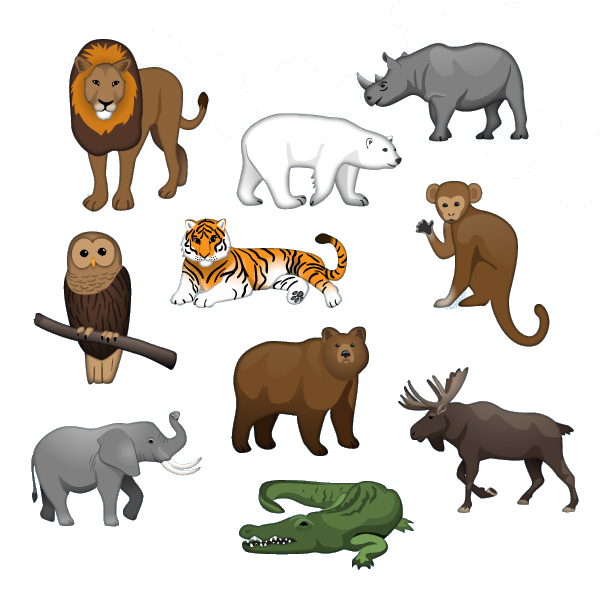 Animal world
Animal world
 Energy resource
Energy resource
 Eat and Drink
Eat and Drink
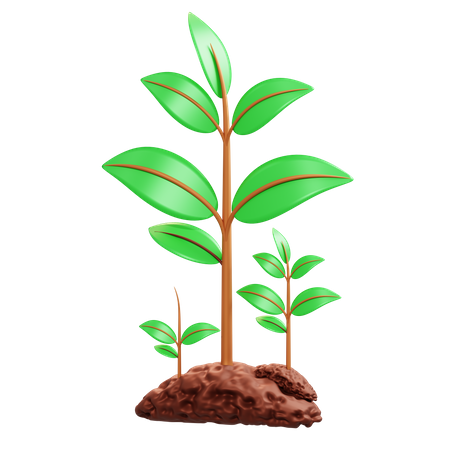 Botany
Botany
 Sport
Sport
 Theme park
Theme park
 Motorsport
Motorsport